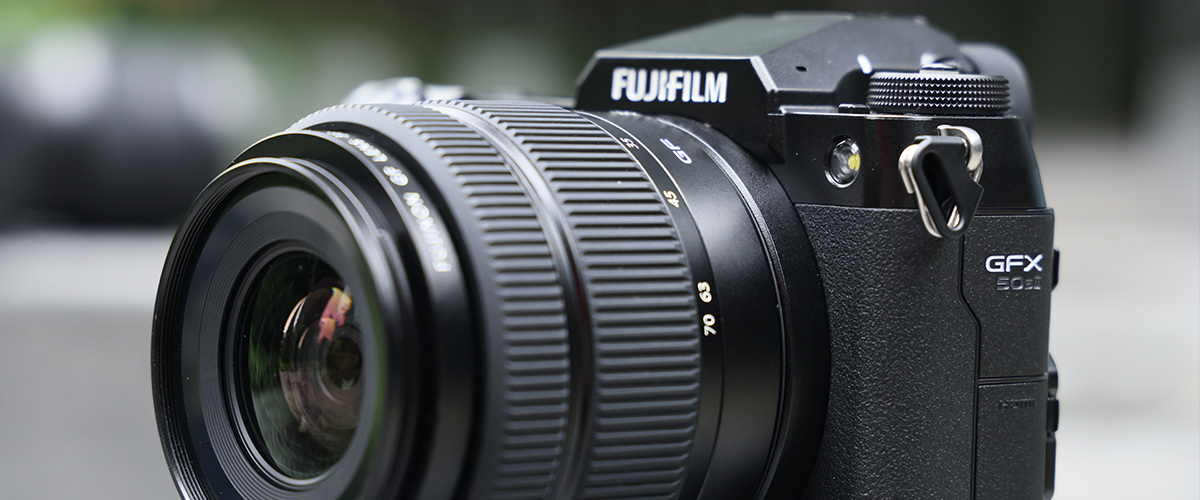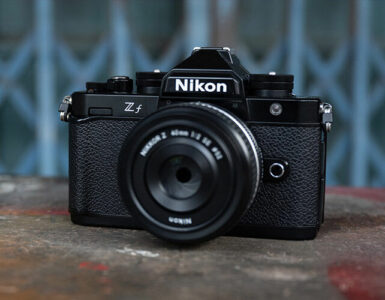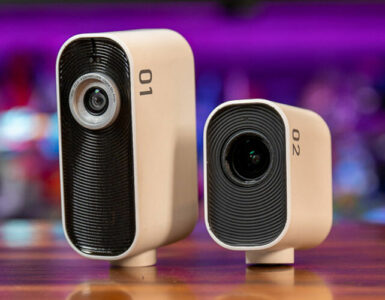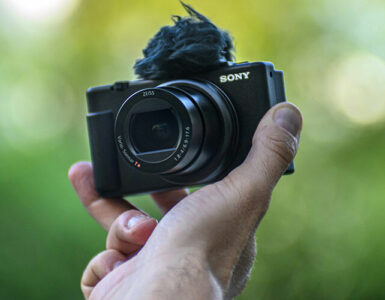When it comes to the consumer digital medium format market, it’s safe to say Fujifilm has become the leader in terms of innovation and pricing. From the original GFX 50S released in 2017 to the Rangefinder body of the GFX 50R, GFX100 (the first consumer 100-megapixel Medium Format camera with IBIS and Phase Detect autofocus). Not forgetting, we also have the compact GFX100S coming in at US$6,000. Fujifilm has been aggressive in challenging the full-frame camera market with a camera that on paper will give superb image quality, almost equal performance to some of the higher-end full-frame options with a price point to match.
With the introduction of the Fujifilm GFX 50SII, the company aims to bring Digital Medium Format to consumers at a price not seen before. A 50MP Medium Format camera, IBIS (In Body Image Stabilisation) with improved ergonomics and Autofocus at a price of US$3999.
In terms of design the camera is exactly the same as the Fujifilm GFX100S, one of the more comfortable and compact digital medium format cameras, only rivaled by the Hasselblad X1D series.
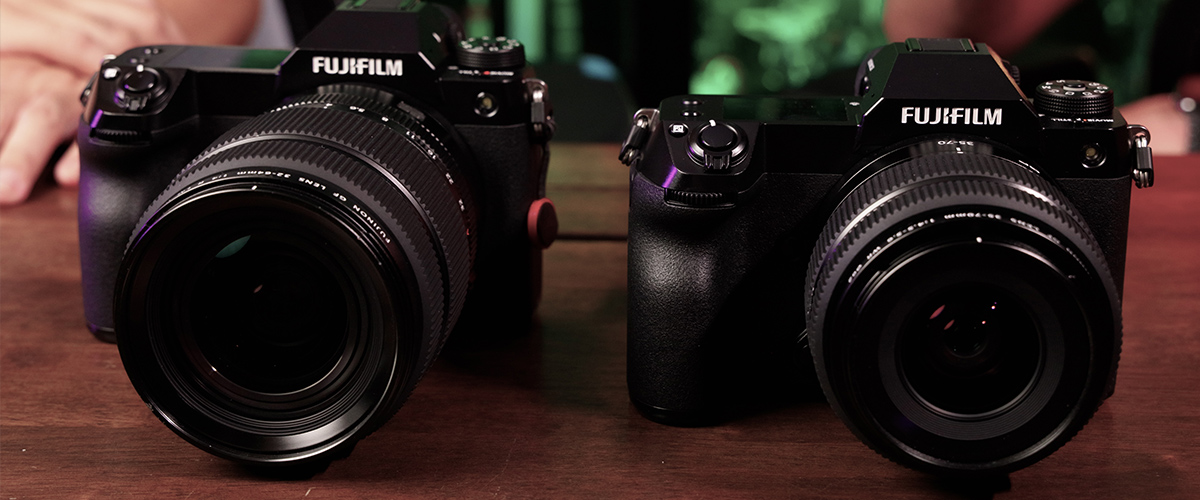
The only difference one will see between the Fujifilm GFX100S and the Fujifilm GFX50SII is the badge on the side of the camera. Outside of that, there is no difference to its higher resolution brother.
Inside, the Fujifilm 50SII retains the same 50 Megapixel sensor first seen on the GFX 50S from 2017 and the GFX 50R. It is a dated sensor with contrast-based autofocus, and HD video output only, but the image quality has held up almost 5 years later. The sensor produces beautiful colors and great dynamic range which is one of the main reasons why some choose Medium Format vs Full Frame. To improve on the original 50S outside of the new body design, Fujifilm has included IBIS and some new algorithms to speed up the autofocus.
From our tests, the IBIS is a noticeable improvement matching the performance of the 100S when it comes to stabilization. Plus, the autofocus is slightly better. The AF in continuous mode does cause the camera to hunt more before locking on the subject, so in day-to-day use we would recommend Single AF for better performance. There is a new feature though called “Rapid AF” that helps the camera to acquire focus in darker situations. From our tests, it does help to some degree, but being a contrast-based system it still falls behind the more advanced phase-detect system of the GFX100 and 100S.
Outside of these two additions, it will behave much like its predecessor but now at a much lower price point and minus the much-loved vertical battery grip of the 50S.
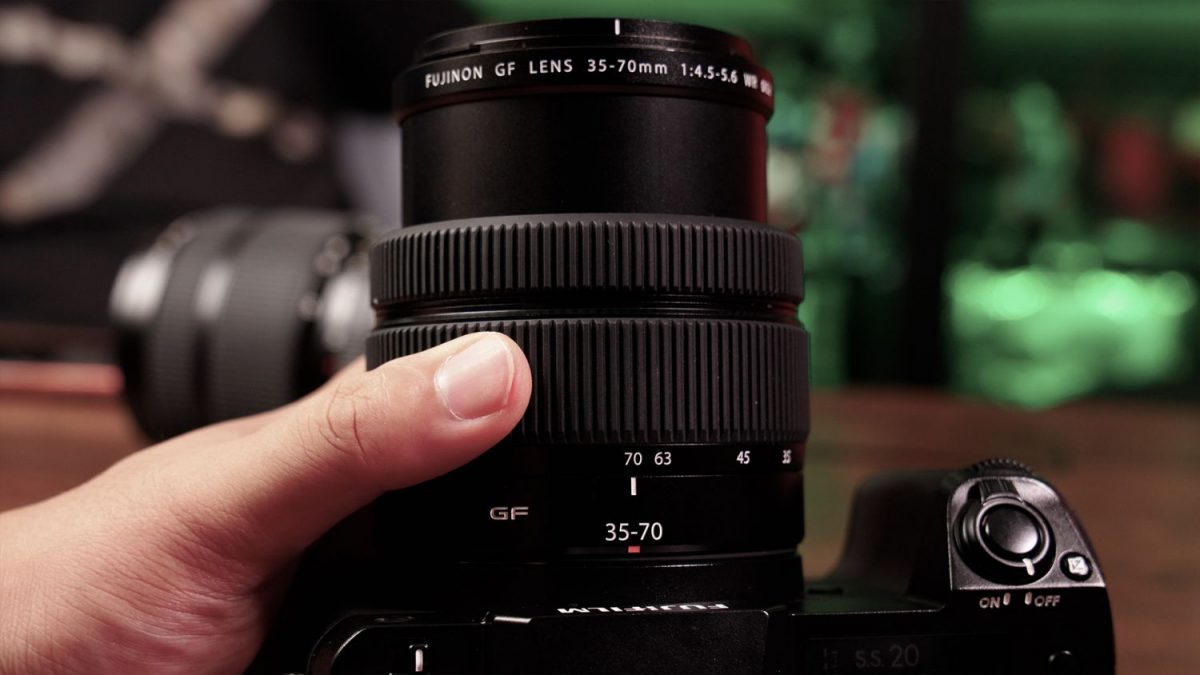
Another new addition to the GFX family is the Fujifilm GF 35-70 f/4.5 -5.6 zoom lens. This will be the new kit lens going forward for the GFX lineup priced standalone at US$999.
It’s a smaller lens, and lighter in weight that will be a good starting point for any new GFX user, but as you can see in our companion on our YouTube review above, image quality is not the same as the Fujifilm GF 32-64. We found it to be a decent performer for the price, but this will definitely not be your one and only lens for the GFX system.
Overall, the Fujifilm GFX50SII and the new GF 35-70 are Fujifilm’s attempt to capture more of the full-frame market with a camera and lens that is priced aggressively to give consumers more choices. However retaining an almost 5-year-old sensor in 2021 with limited autofocus performance, may sway some to either choose the GFX100S or stick with a full-frame option at a slightly lower price point. With the GF 35-70mm kit lens, this is a great entry into the GFX world at an unheard of price for a Medium Format zoom lens. Fujifilm just made the camera market more interesting, now let’s see what consumers say.

